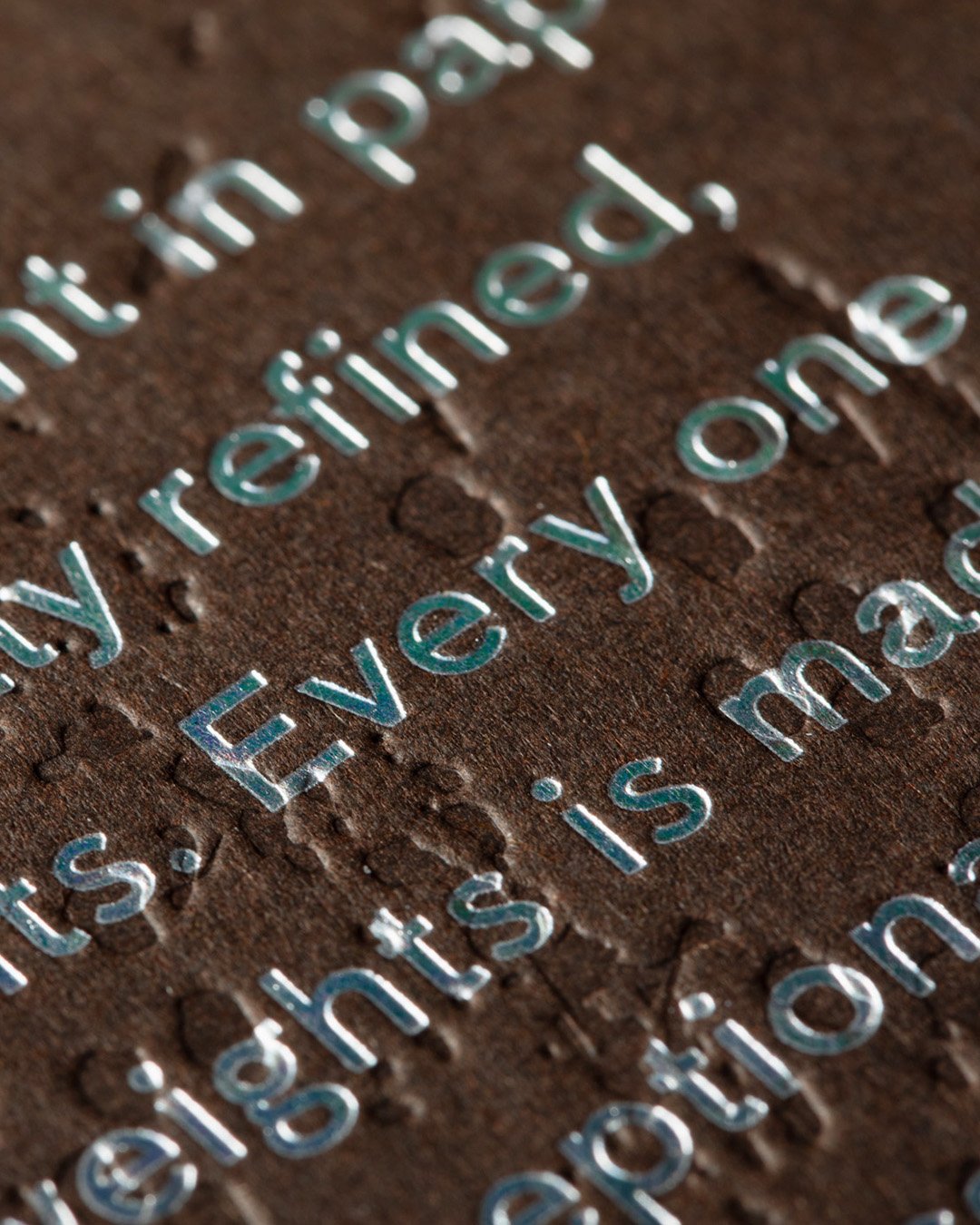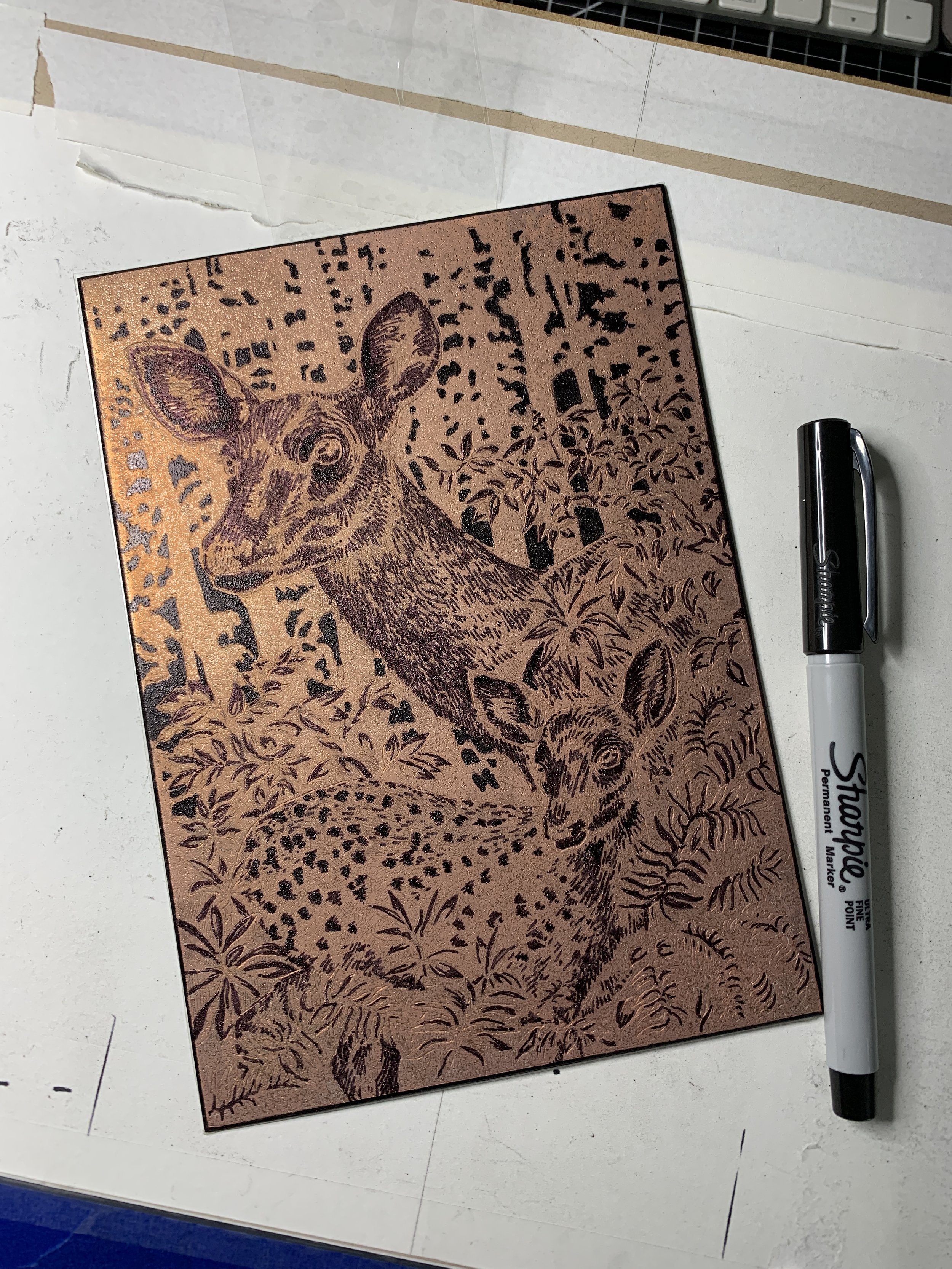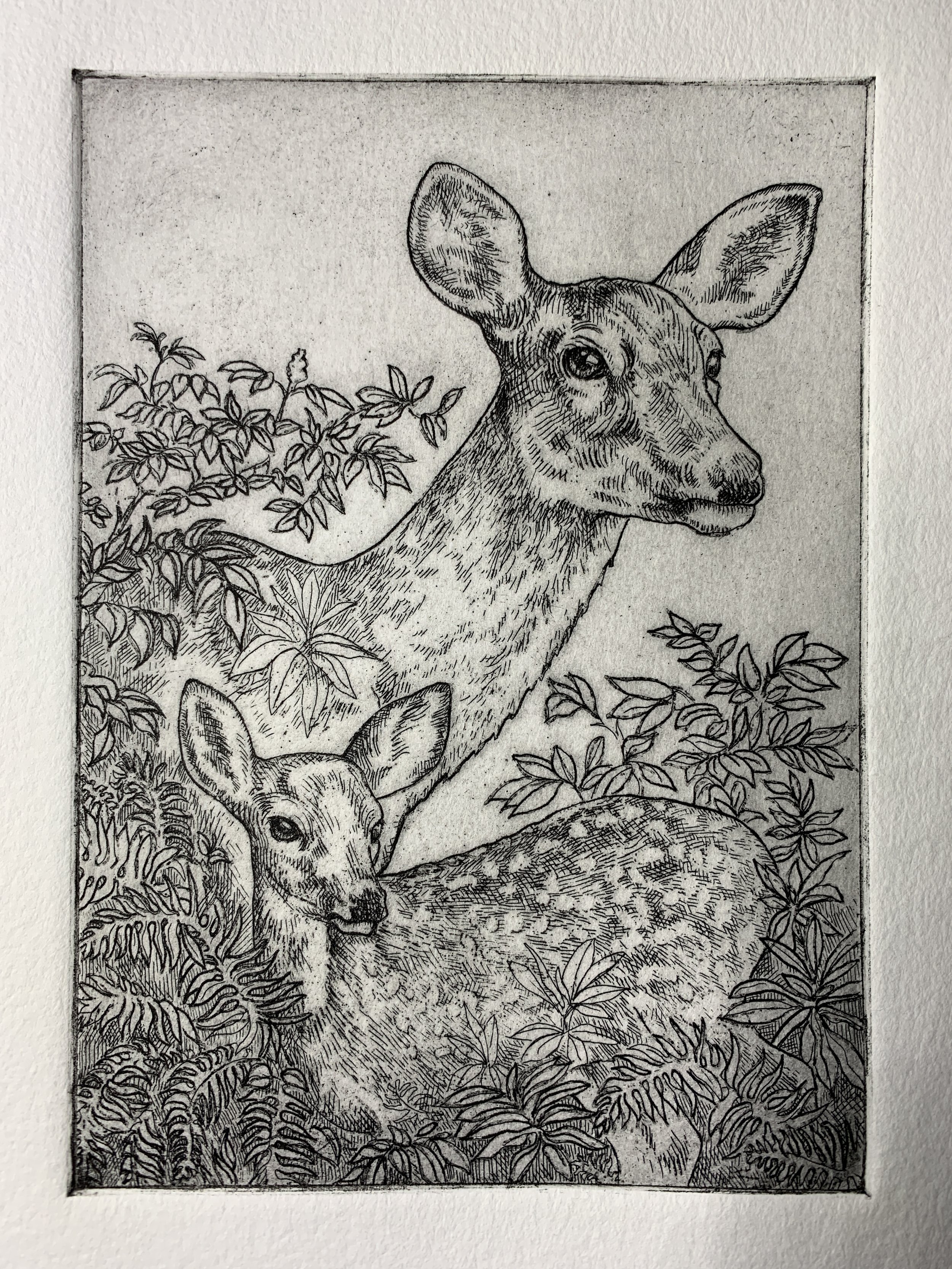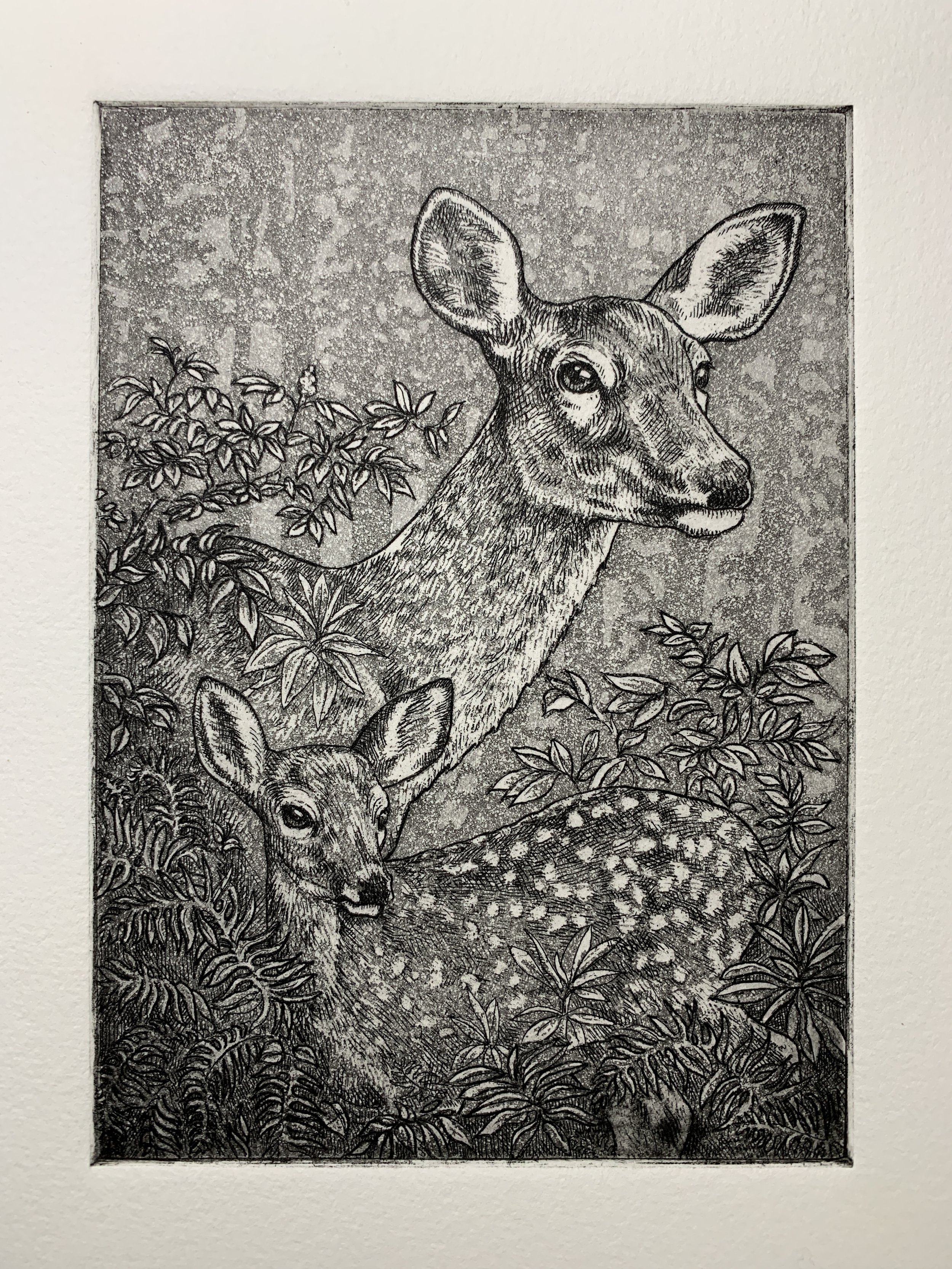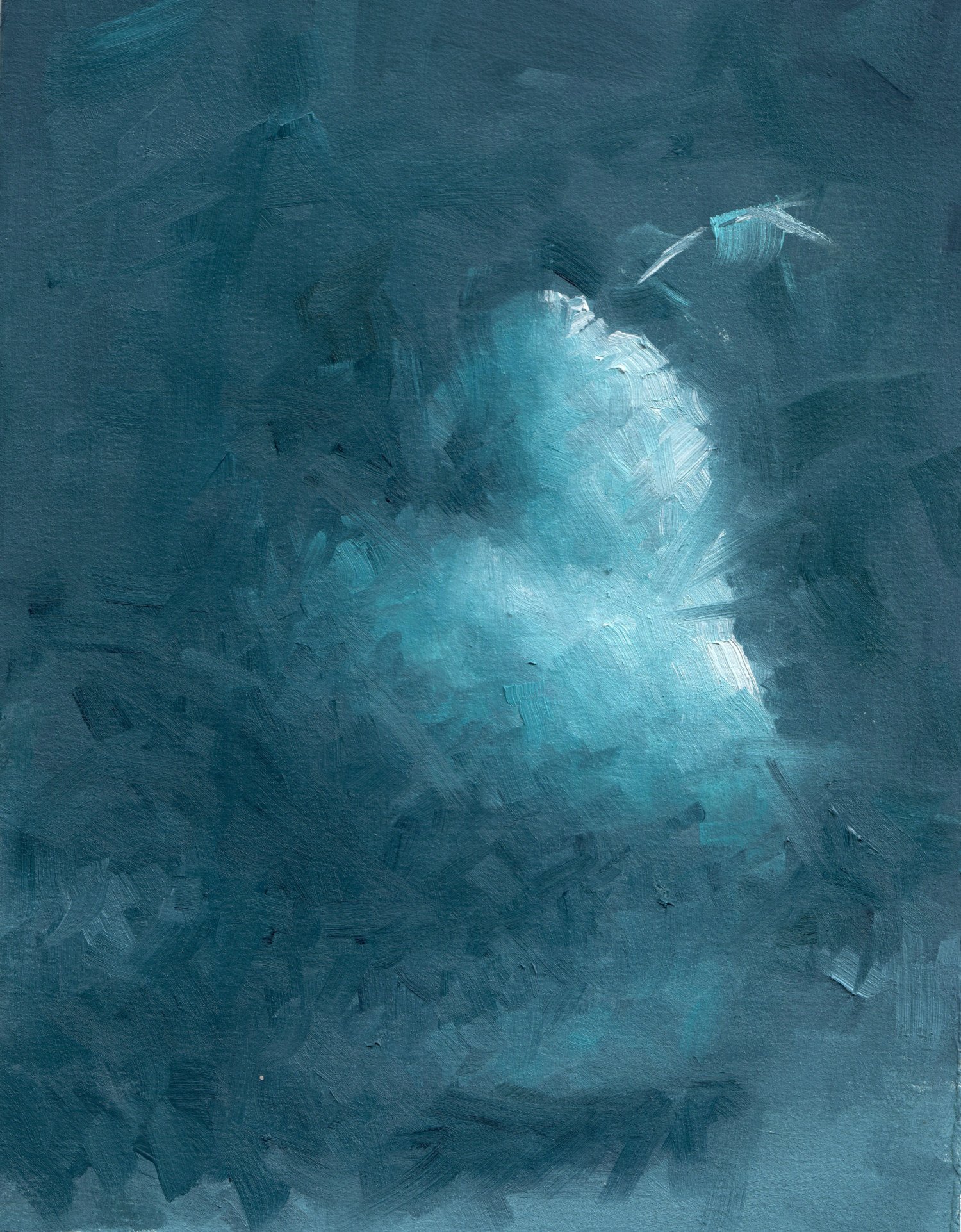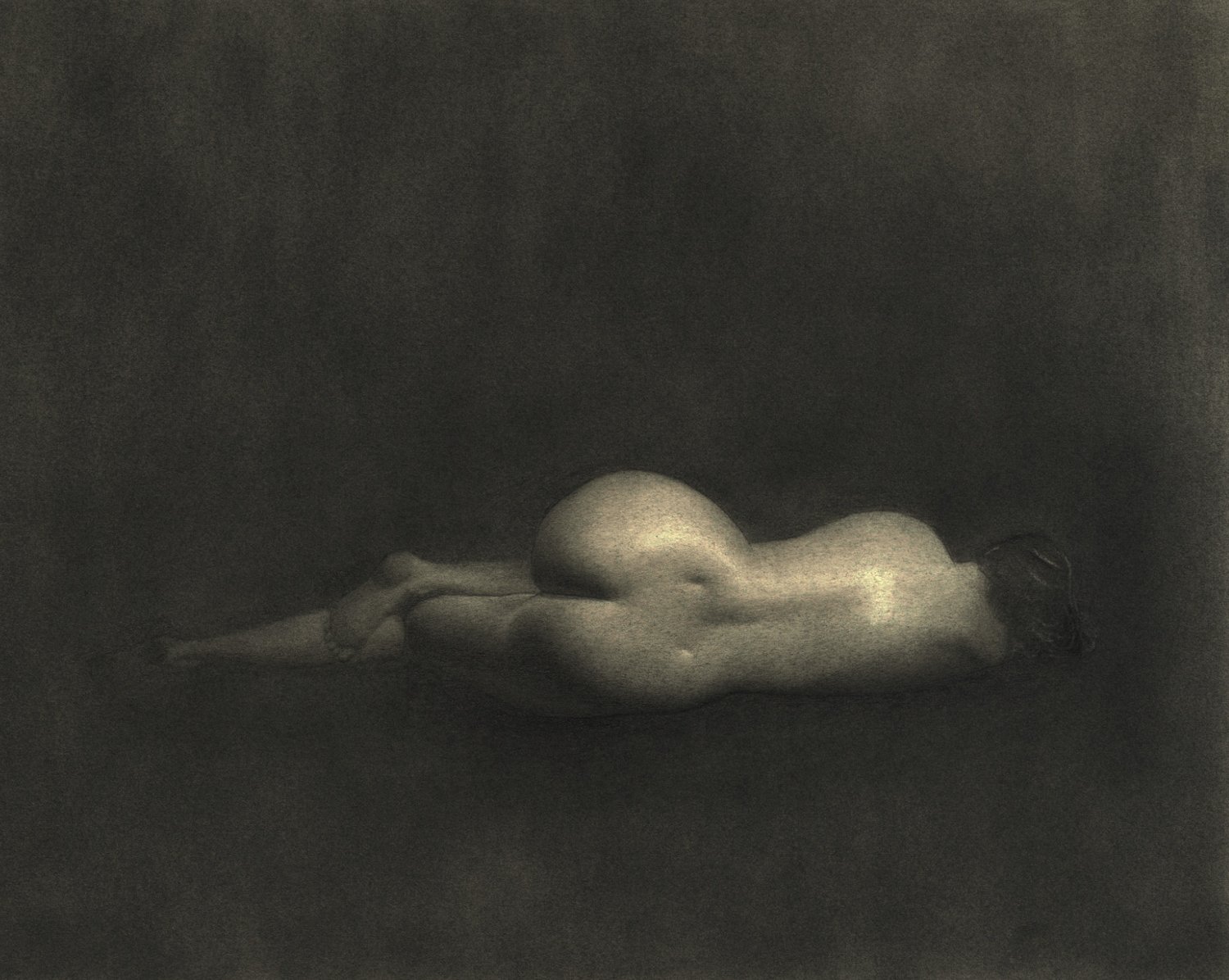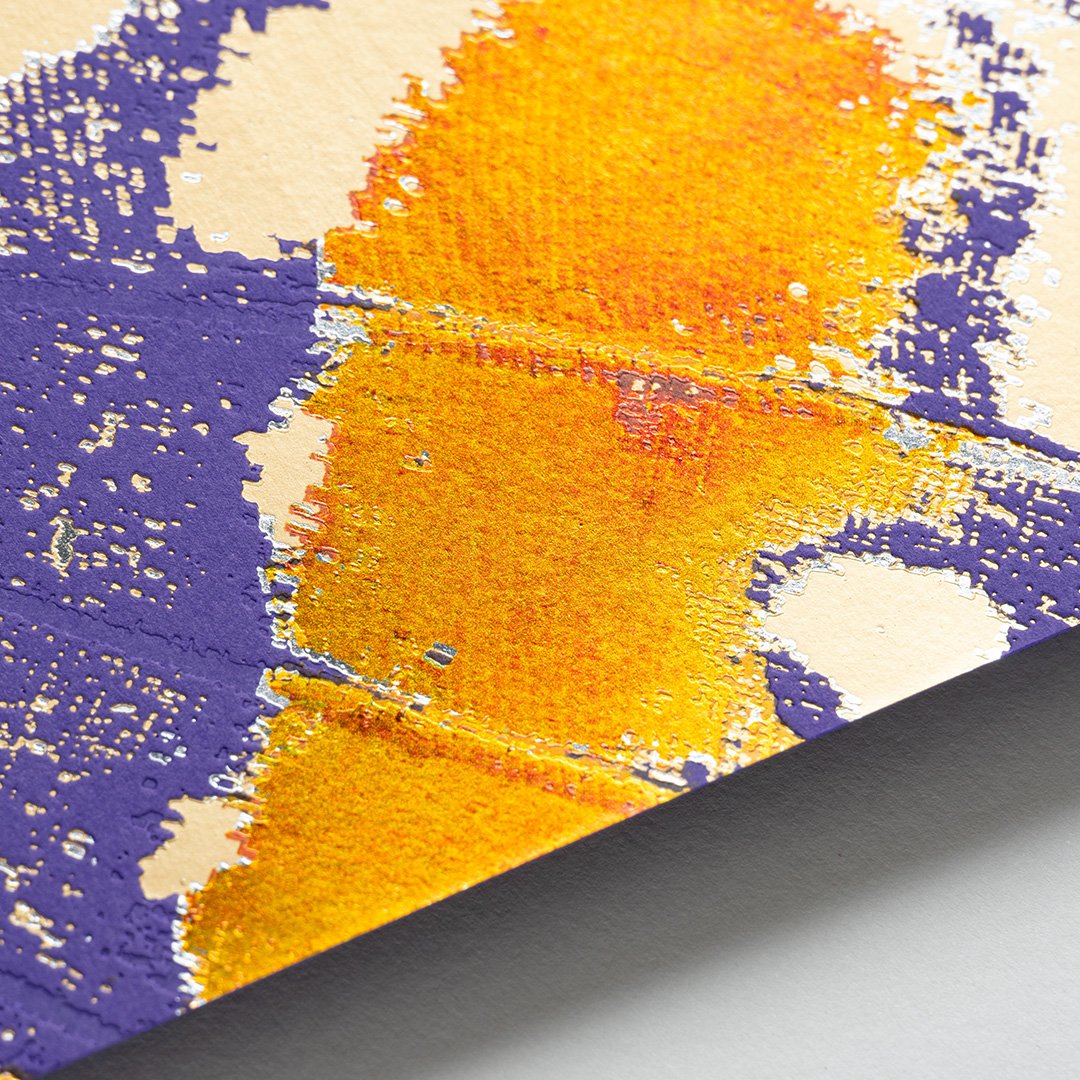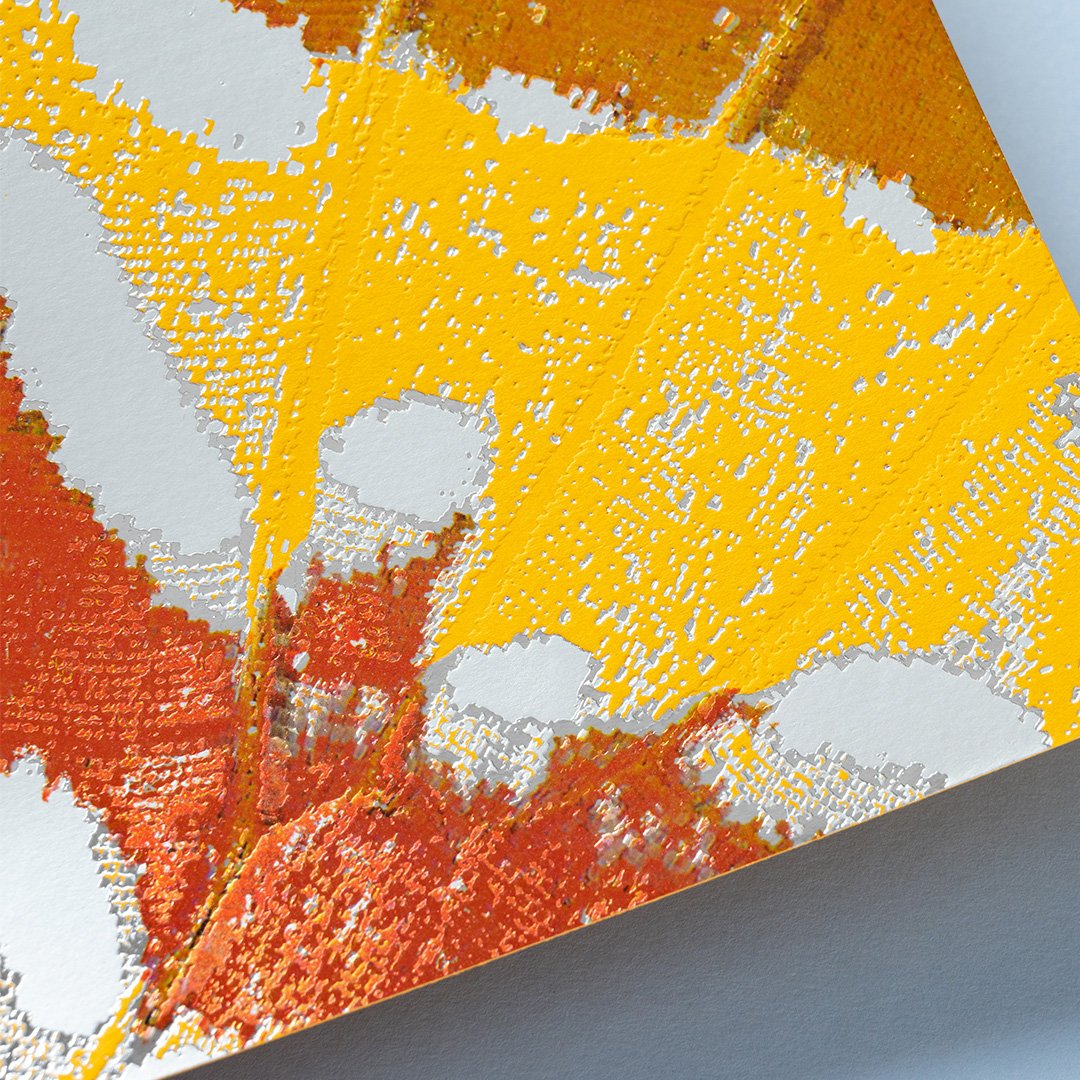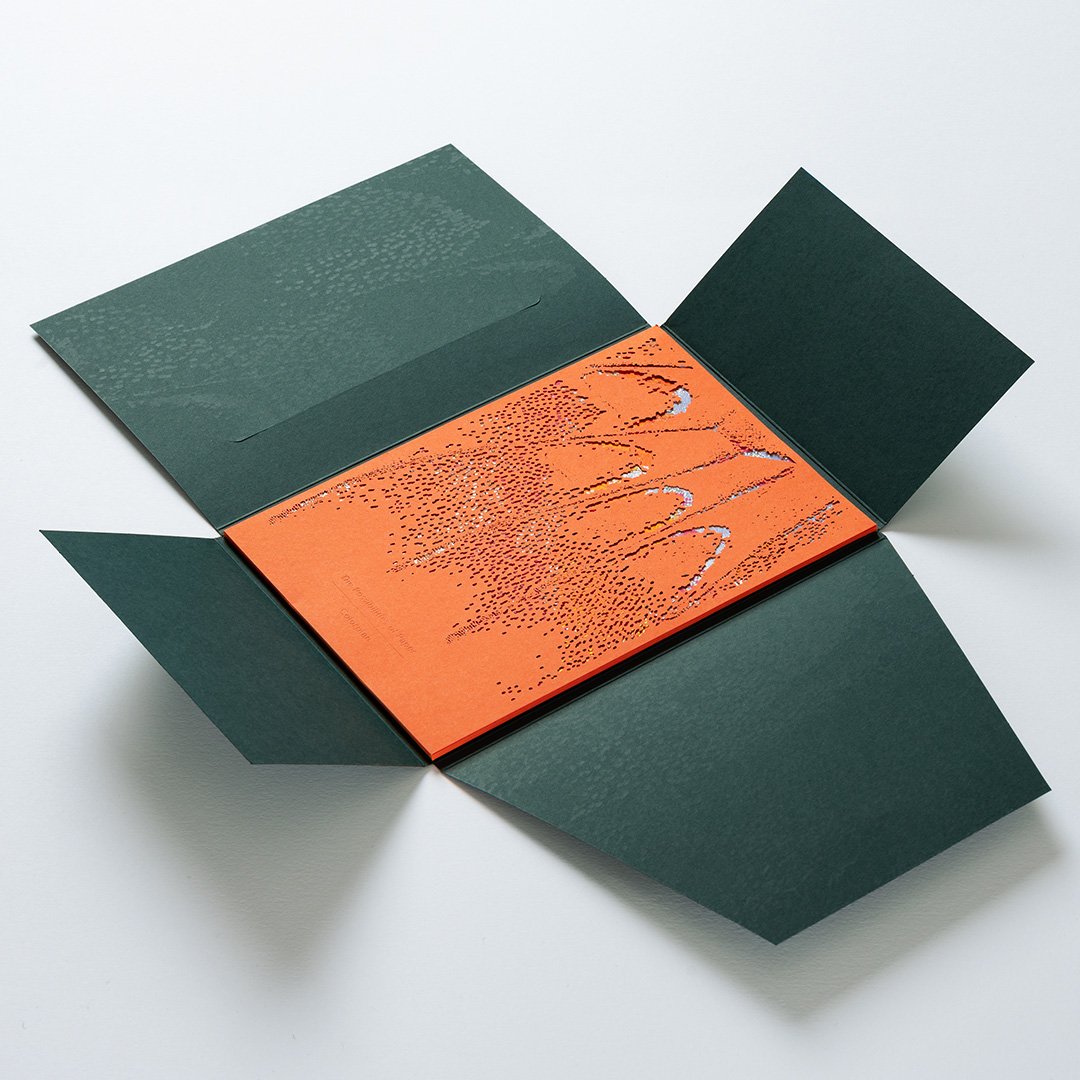Any papers you found challenging?
I found the Bristol Plate a bit difficult to work with in charcoal. This may be a good paper if you prefer compressed charcoal over uncompressed. It just didn’t hold the willow dust very well. The Coventry Rag paper also produced a very wide texture. Not a bad thing, it just doesn’t fit me.
What materials did you use on these papers?
I used vine, willow, and compressed charcoal on all the papers with the exception of Yupo. I tried Oil paints on most of the thicker papers. I tried oiling out the paper in spots, thick paint, thin paint, galkyd and gamsol washes. I also tried it with gesso.
What characteristics do you look for in a paper? How does paper play a role in your work?
I prefer to use archival papers whenever possible. This isn’t because I think all of my pieces will be around for 100 years, but it puts me in a different mindset when I work. I put in a little more effort and patience when I know the substrate will last. If I’m working on a paper that I know will yellow, I get thoughts like “this is good enough, it won't last anyway”. This headspace obviously doesn’t produce the best results.
I also prefer a substrate that’s ready to go out of the box. I don’t want to spend my painting time prepping canvases.
Additionally, for charcoal paper, I’m looking for a few extra things.
I want the directionality of large vine/willow strokes to be preserved. Sometimes when you tone an area, you lose the directionality. I can always remove it manually. But that should be my decision, not the papers. Second, I need the paper to hold onto that loose wispy charcoal dust. This really comes into play when blending out soft edges. If the paper doesn’t hold the dust well, even the blender will create hard edges. Third, I need to be able to create a flat tone relatively easily. I like my charcoal work to have a select few highly rendered areas akin to Bargue plates and traditional cast drawings. The paper has a lot to do with achieving this super flat tone.
Any upcoming projects we should look out for?
Is this a challenge? Haha. No, nothing specific. I’m starting to shoot my own reference material, where I can control the lighting and pose. I’m excited to see what finished work comes out of that. We’ll see!


